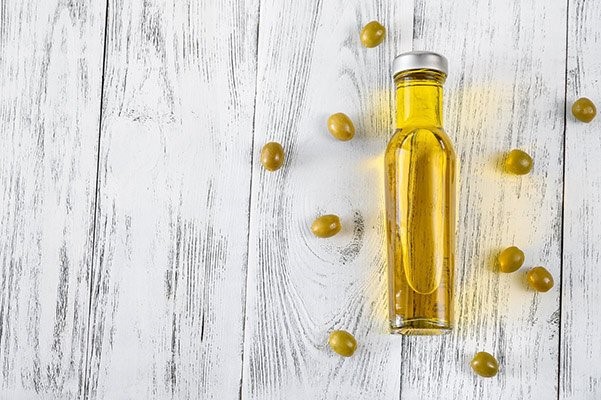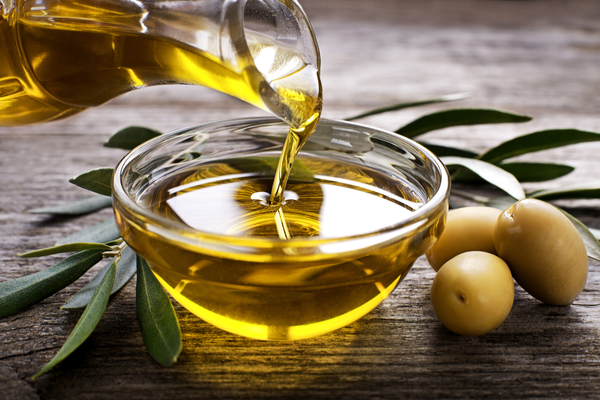What is the ideal packaging for storing oil, that is the packaging used for the bottling of extra virgin olive oil, and why the careful choice of packaging is important.
The bottling phase of the oil is the last operation of the oil process that some consider extremely simple, but in reality the bottling of the oil is the extremely delicate phase that must be carried out with great care and attention.
Extra virgin olive oil fears light and heat sources, as light and heat can damage its aroma and taste.
In the past, the most used packages to package oil were cans, of 3 or 5 liters, then glass was introduced in 1-liter and then 0,75-liter bottles.
The use of this strictly transparent material was used by the consumers of the past to recognize a good oil by observing its color. Light accelerates the oxidative phase and the consequent rancidity of the oil.
This is why dark glass bottles came on the market, capable of largely shielding the light.
If you want to keep extra virgin olive oil in transparent bottles, you must store it in a dark place where the light cannot reach directly and also pay attention to the storage temperature, which must remain between 14-15 ° C.
The production and conservation of a good quality extra virgin olive oil cannot be separated from a careful choice of the container. Dark glass bottles are therefore excellent for oil packaging.
Here are the chemical-physical characteristics of the oil and its production specifications, which also affect its shelf life.
Olive oil at room temperature is a liquid fat, made up almost entirely of triglycerides, while the mass of one liter corresponds to 915-920 grams.
The centrifugation of the fruits separates the stones and the vegetation water from the must, which in turn contains a small non-oily percentage. The product of the extraction must rest in order to facilitate clarification, and then be transferred, after about a month, to food containers that will house it until consumption.
After clarification, the presence of residues is by no means a certificate of quality, which, on the other hand, also applies to perfect clarity.
The oil is clarified if free from unwanted residues, which can also occur with a dull or slightly cloudy appearance.
The chemical composition depends on several factors, starting from the variety of olives, an aspect for which Italy stands out with a unique biodiversity.
The climatic-environmental conditions, the type of cultivation and extraction and the variations that occur during storage should not be underestimated. Moreover, many organoleptic and nutritional peculiarities derive from these aspects, which make extra virgin olive oil a nutraceutical food.
Source: ilgioronaledelcibo.it




